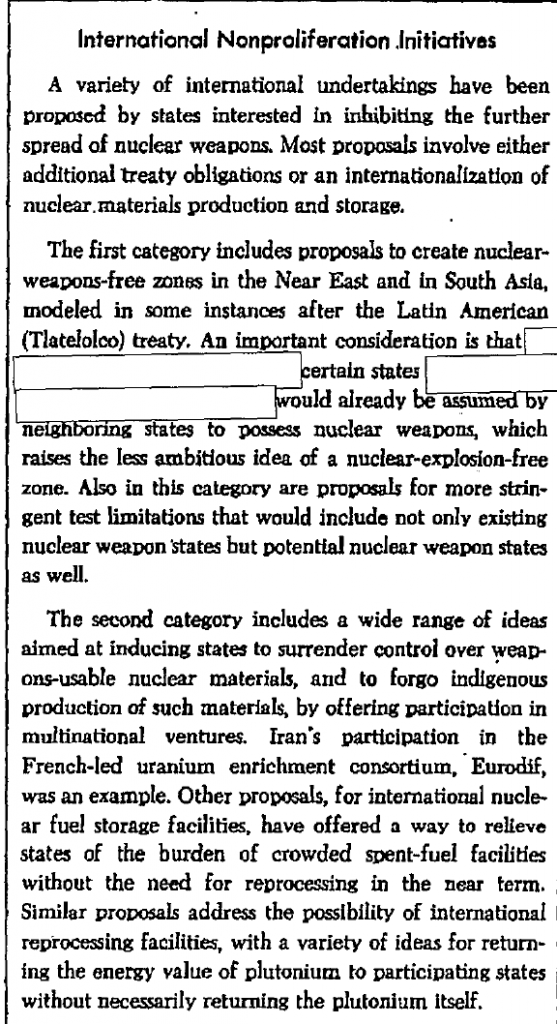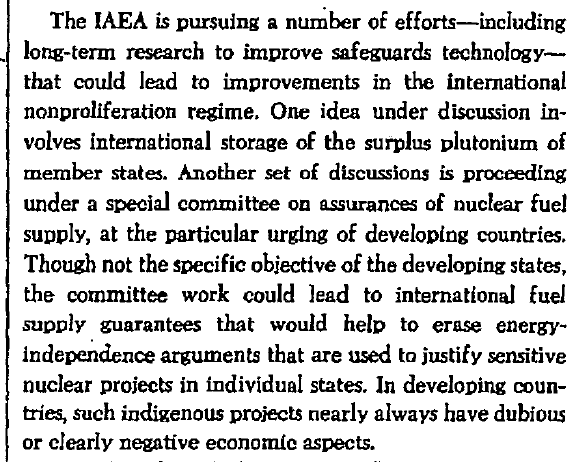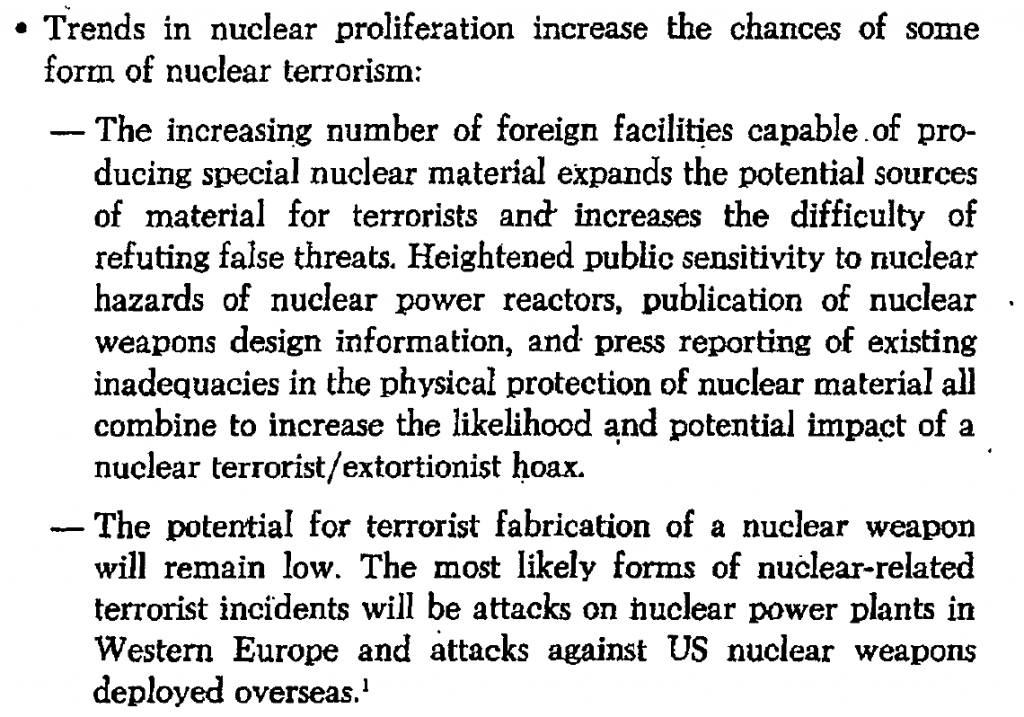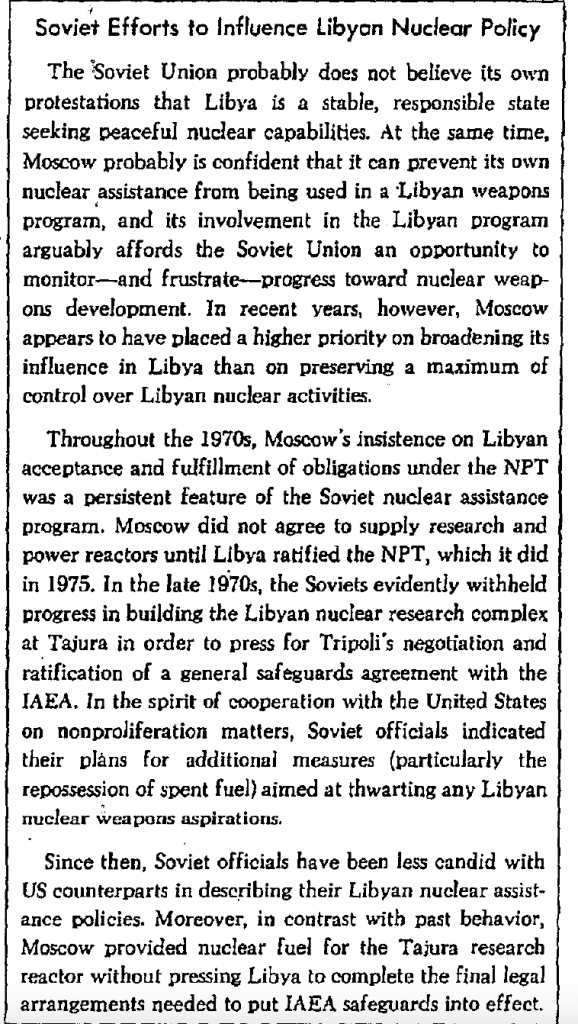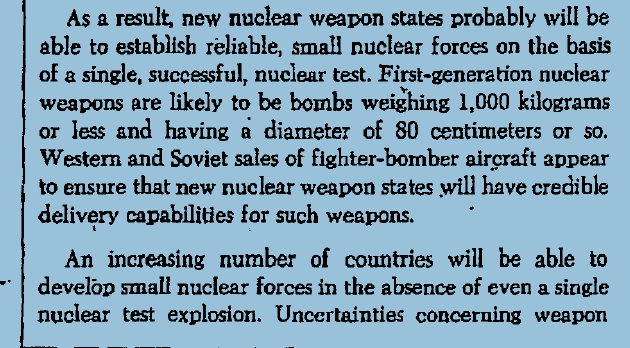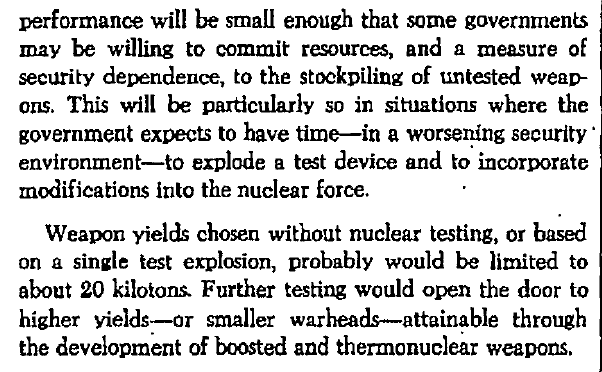Here’s a December 2022 DAE response to a parliamentary question concerning “the problems faced by the country’s nuclear power programme in terms of
achieving the desired efficiency:”
The problem faced by the country’s nuclear power programme in earlier period
was due to the technology denial and international embargo regime that
persisted from 1974 to 2008 and the constraints of availability of financial
resources. The programme then had to depend solely on budgetary support
and also the challenges posed by set of people primarily opposing nuclear
power. However the earlier constraints have now been overcome and the
nuclear power programme is poised for rapid expansion.



